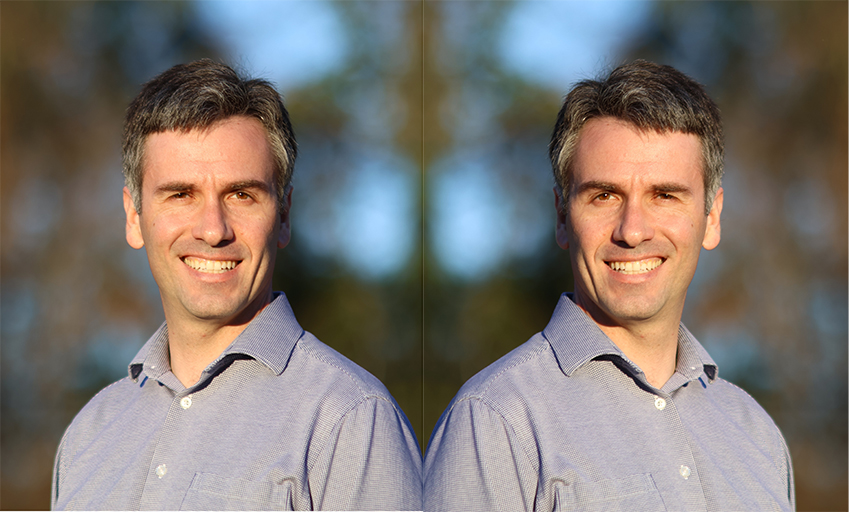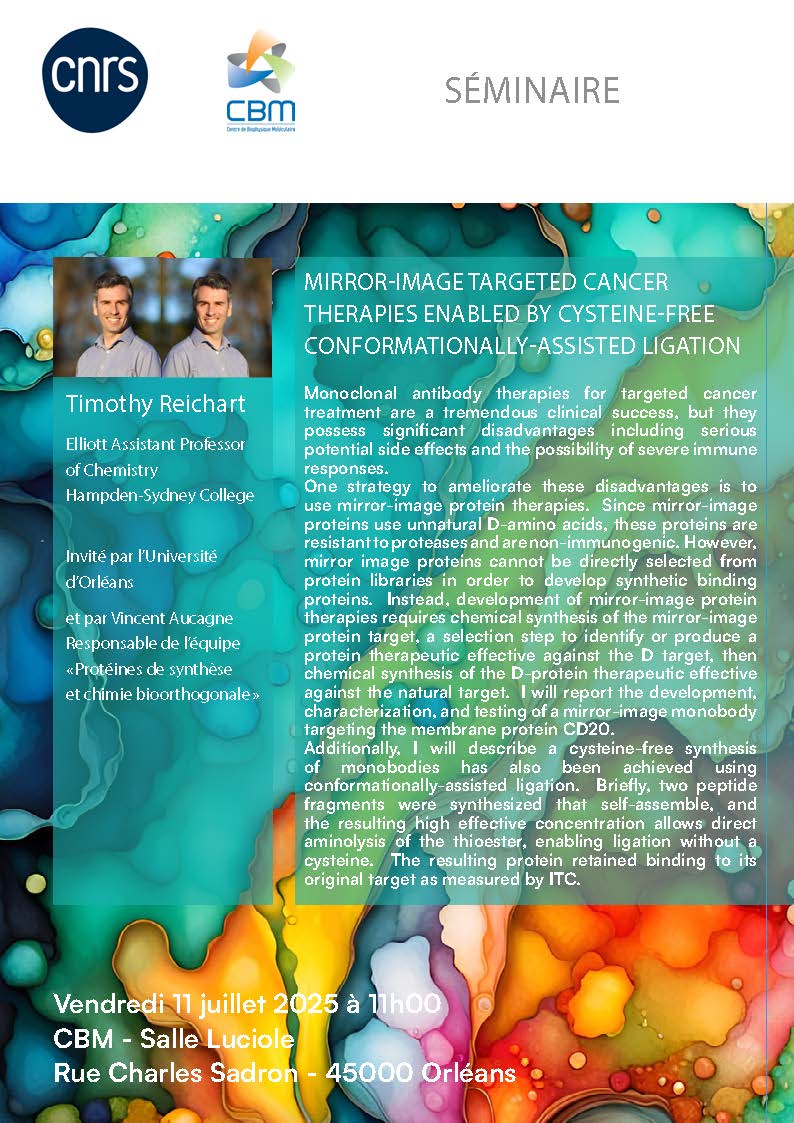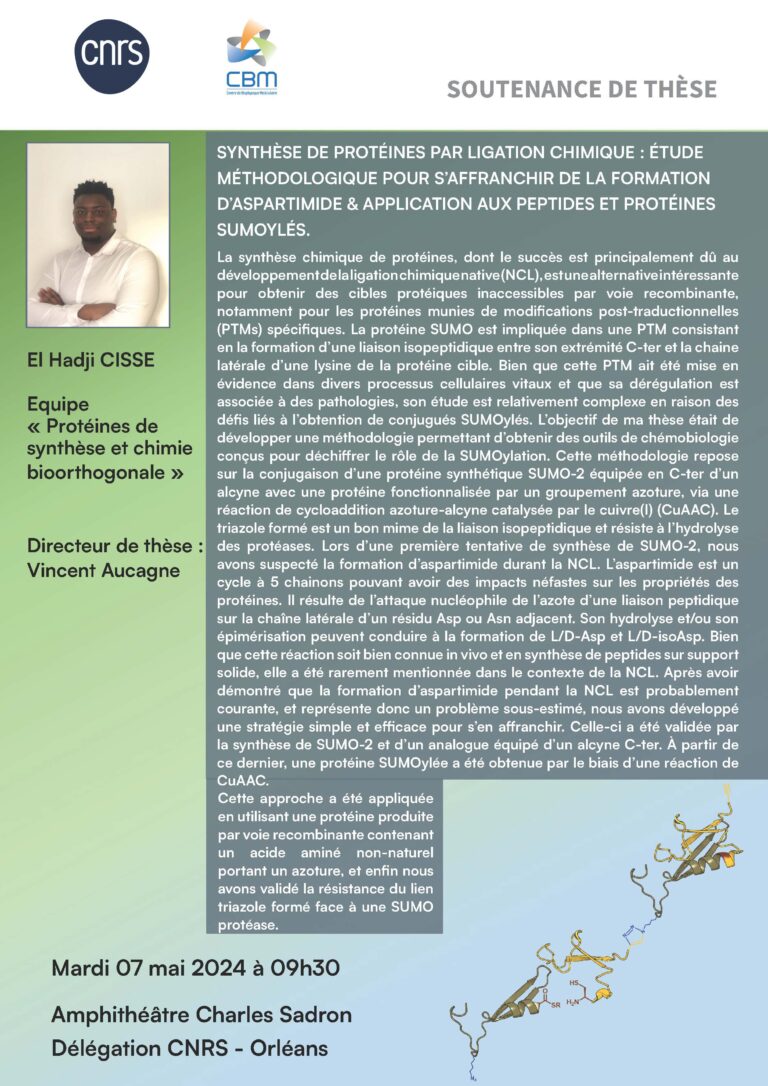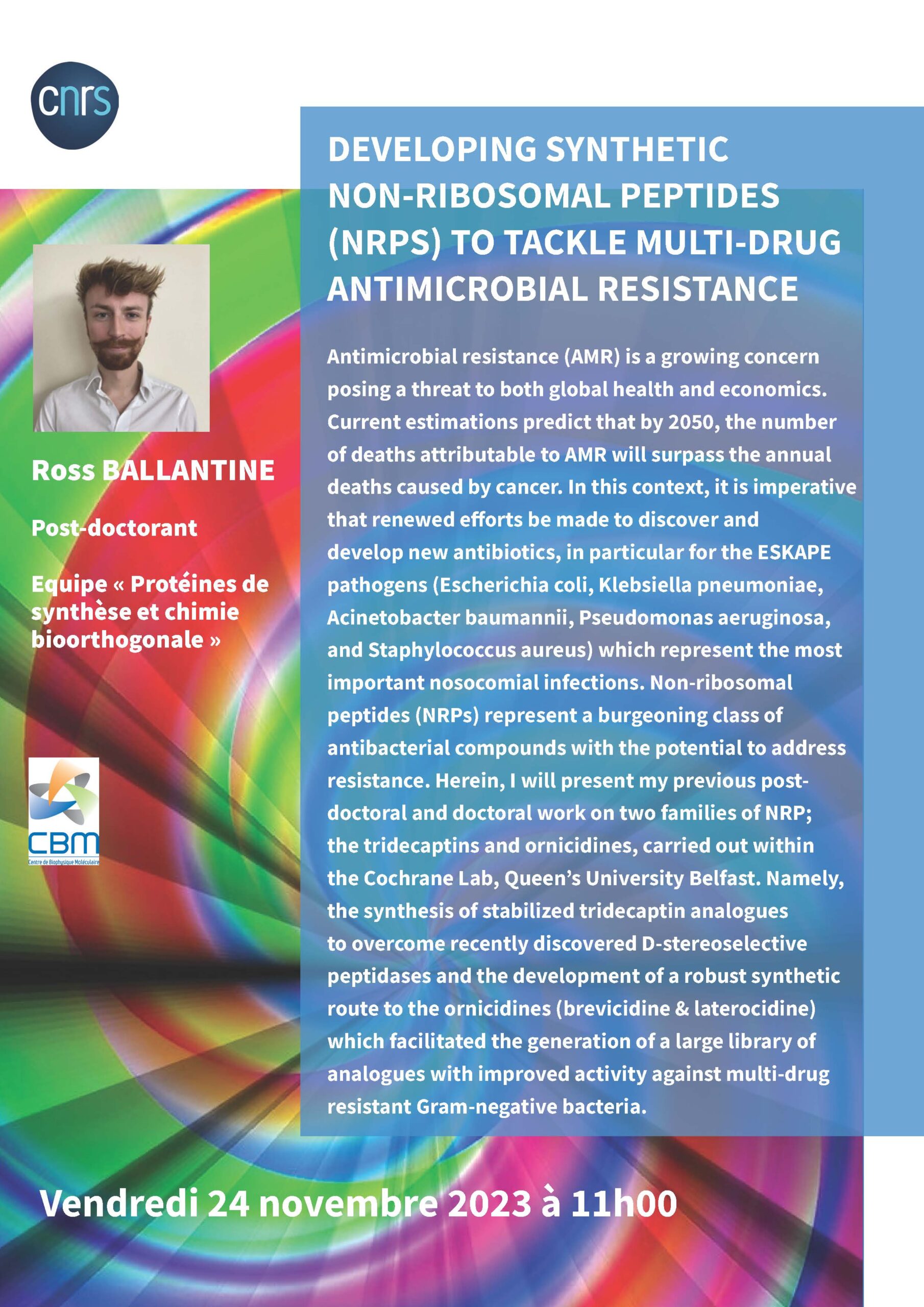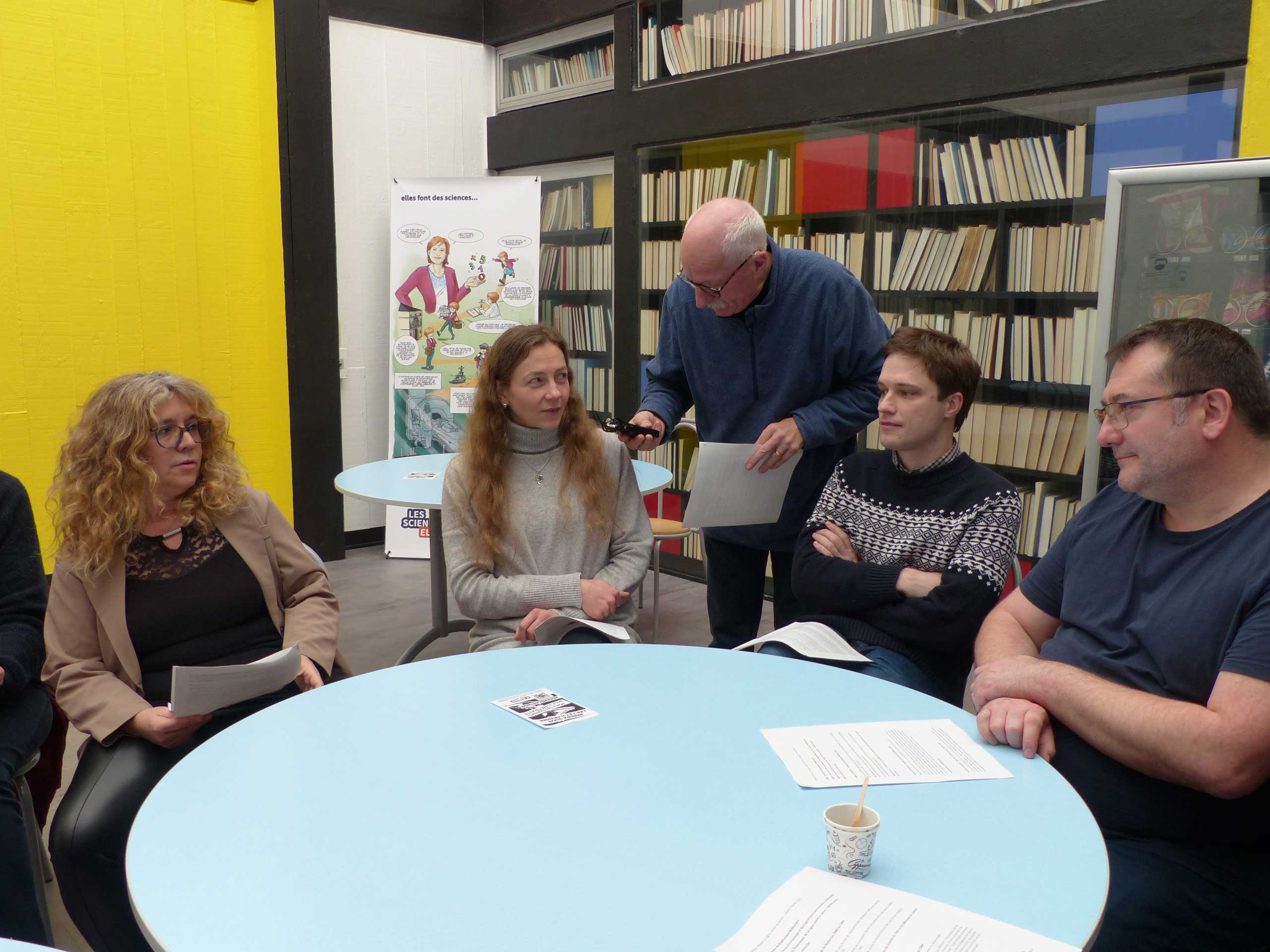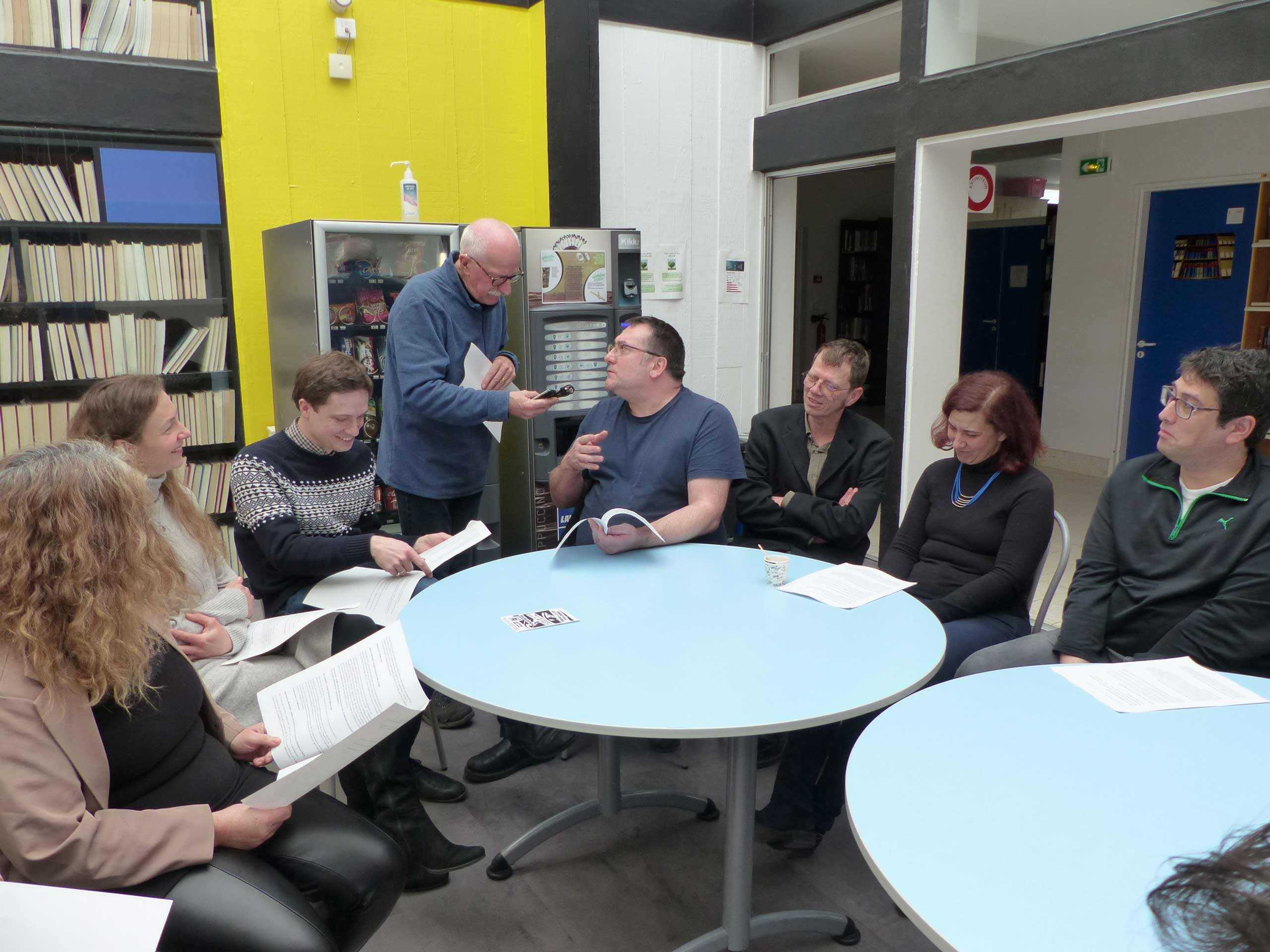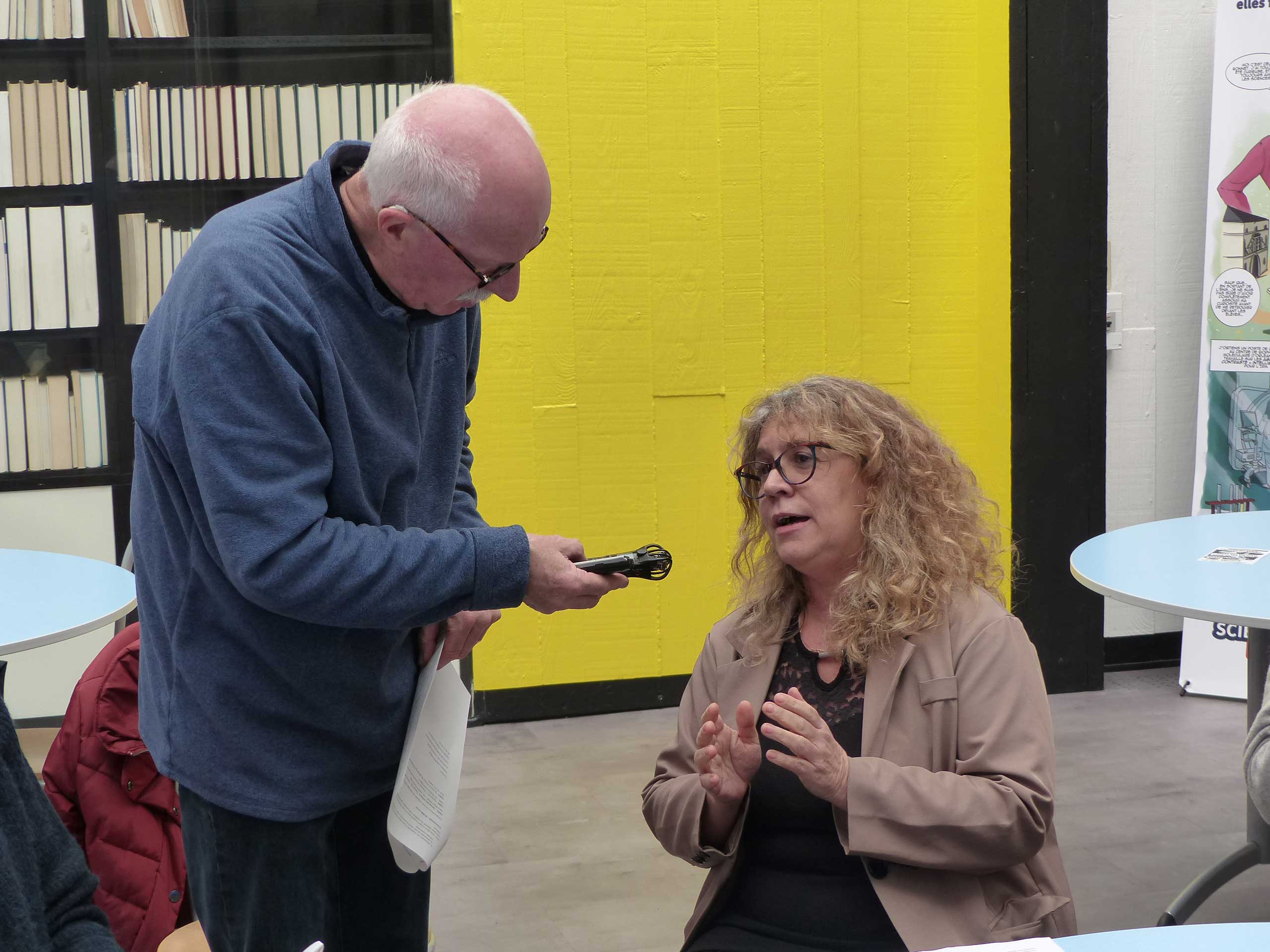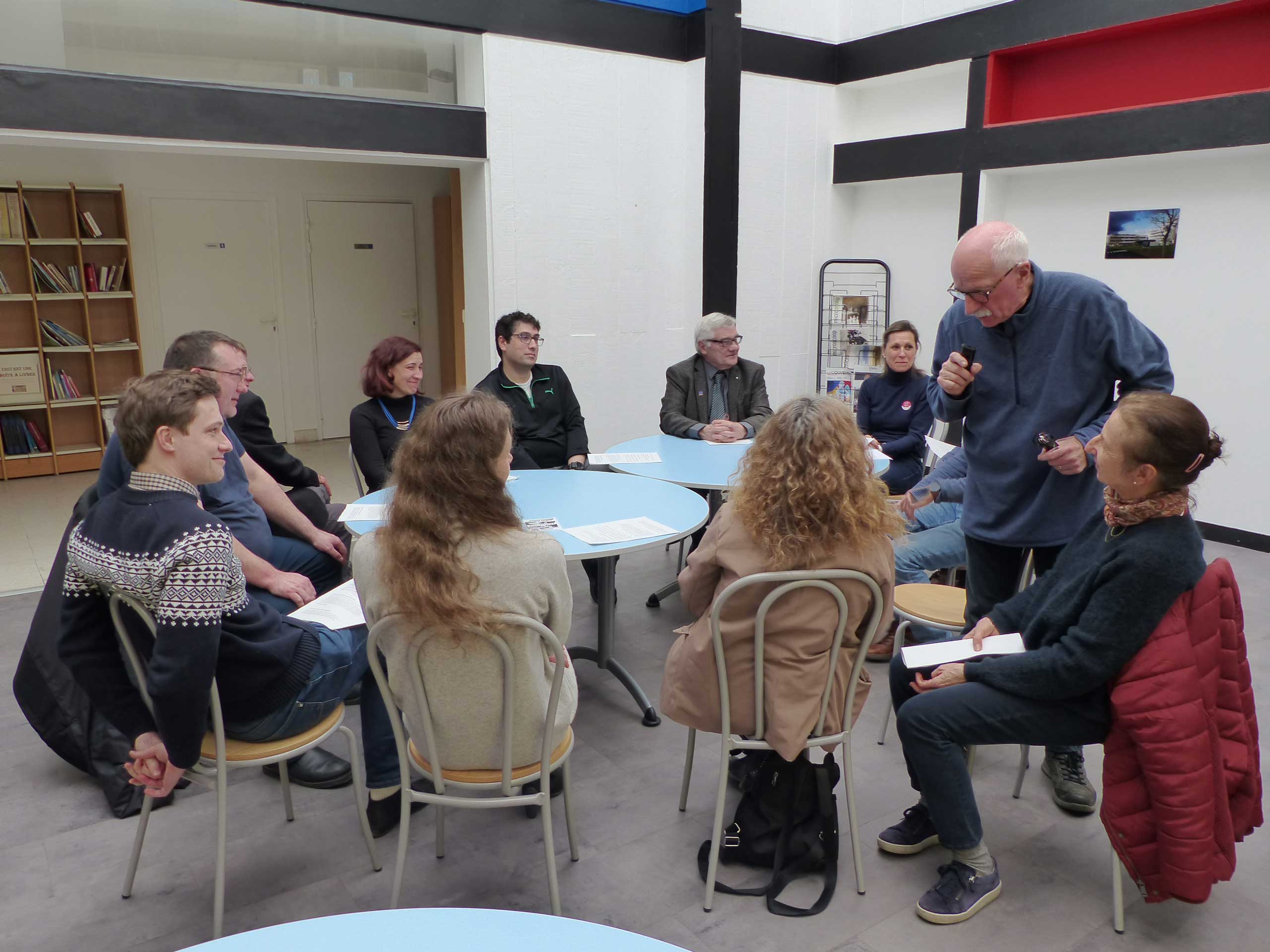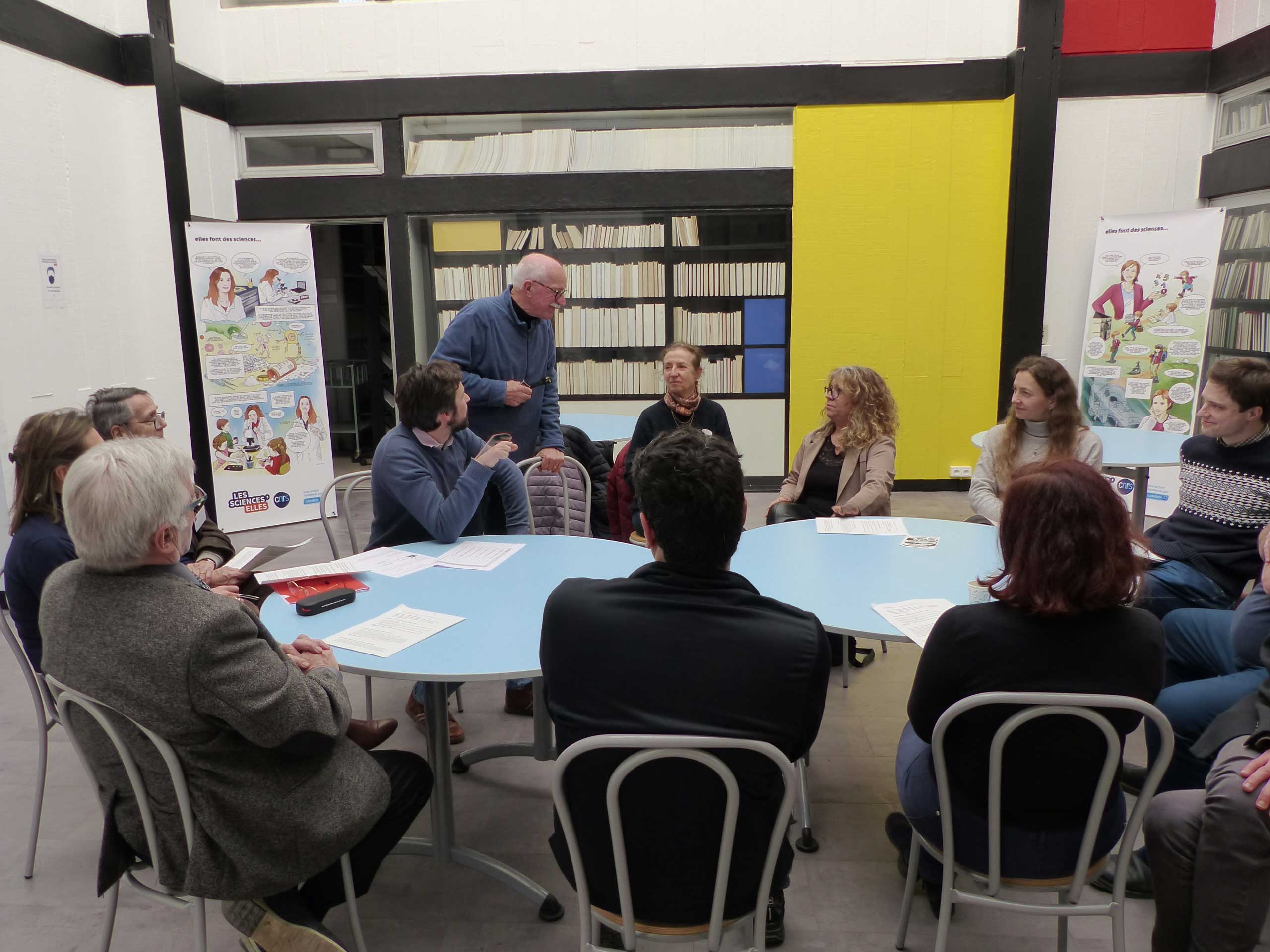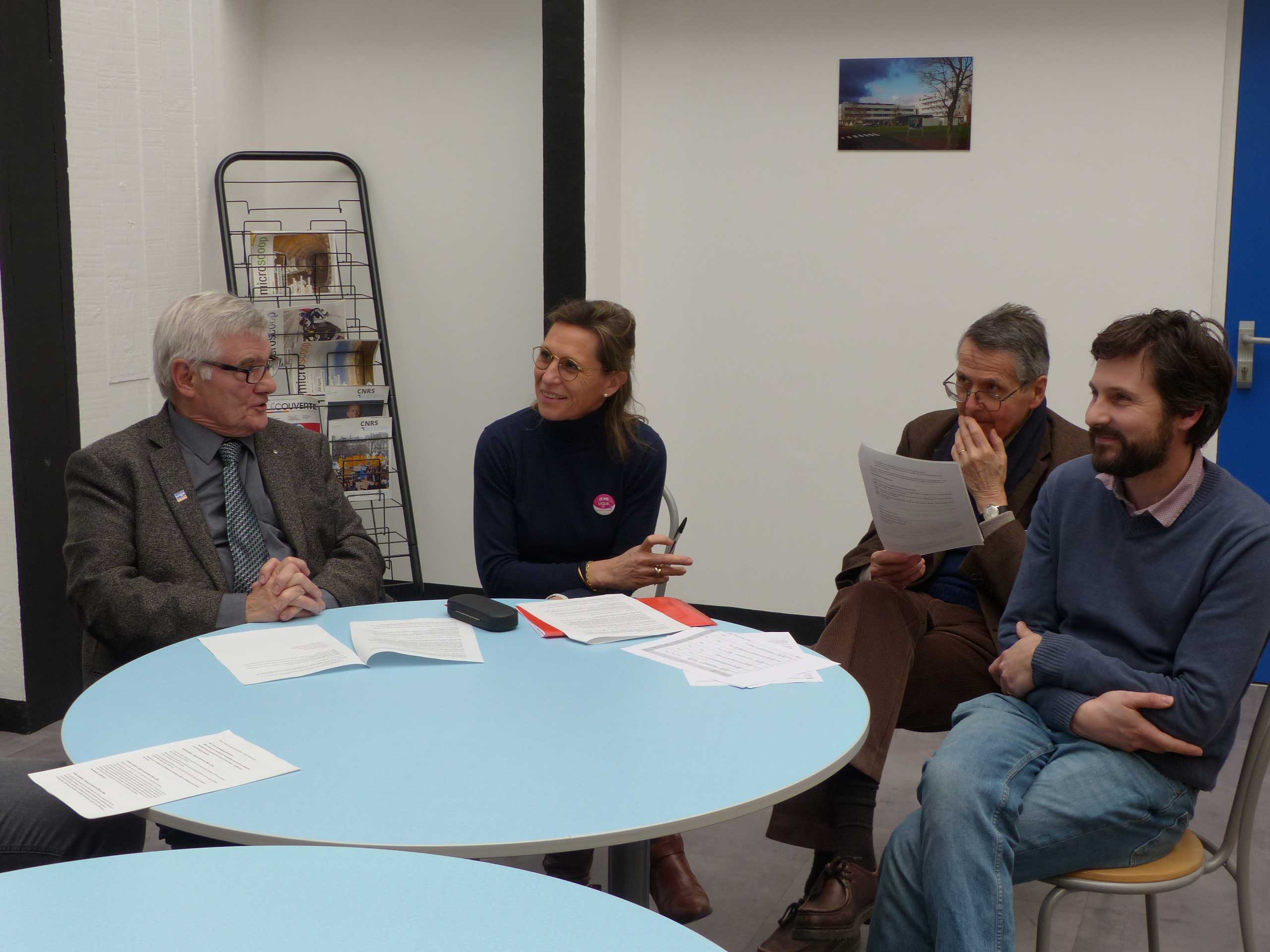Typologie d'actualités: Group Synthetic protein and Bioorthogonal Chemistry
2024 May, 7 – El Hadji Cisse Defensis
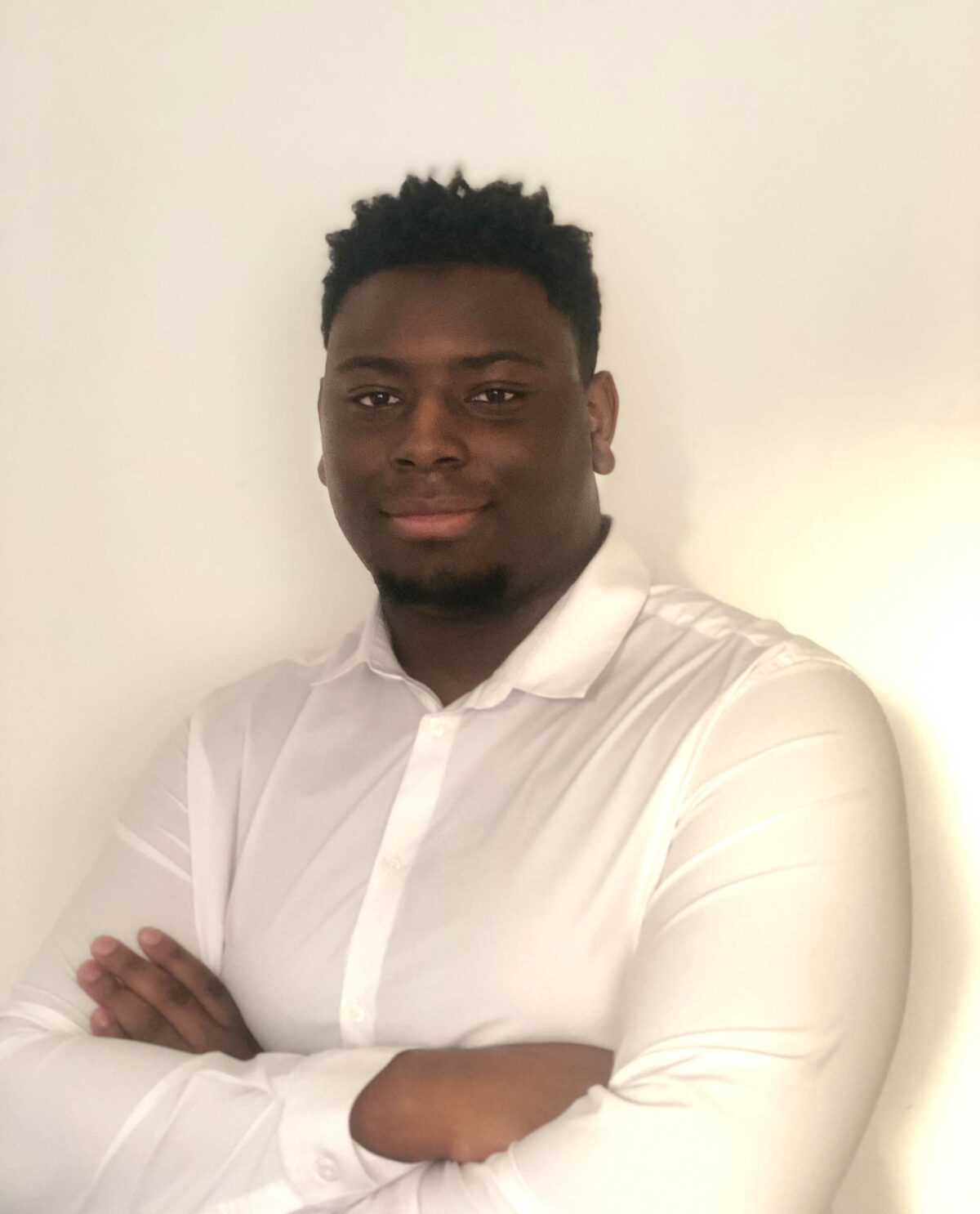
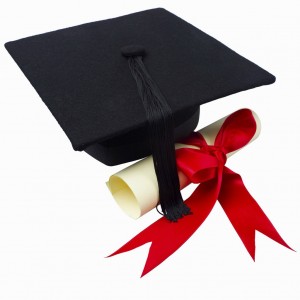
Details of the 4 thesis offers:
Thesis subject: "Suffering at work and consumption of psychoactive substances among territorial agents of the Communauté de commune des Terres du Val de Loire (TraPsyCOL)"
Supervisor: Raphaël Serreau, Neurobiology of receptors and therapeutic innovations team
View the offer
Thesis subject: "Molecular assembly of synthetic microRNAs in intracellular condensates of human glioblastoma cells"
Supervisors: Patrick Baril and Séverine Morisset-Lopez, Neurobiology of receptors and therapeutic innovations team
View the offer
Thesis subject: "Discovery and total chemical synthesis of D-proteins for molecular targeting of tumor glyco-epitopes"
Supervisors: Vincent Aucagne and Carlo Pifferi, Synthetic proteins and bioorthogonal chemistry team
View the offer
Thesis subject: "Anti-hOGG1 nanobodies to study the interactions between DNA repair and transcription regulation and to modulate the action of hOGG1 in anti-cancer strategies"
Supervisor: Bertrand Castaing, “Post-translational modifications of proteins and DNA repair: structure, functions and dynamism” team
View the offer
Marie Curie Postdoctoral Fellowships
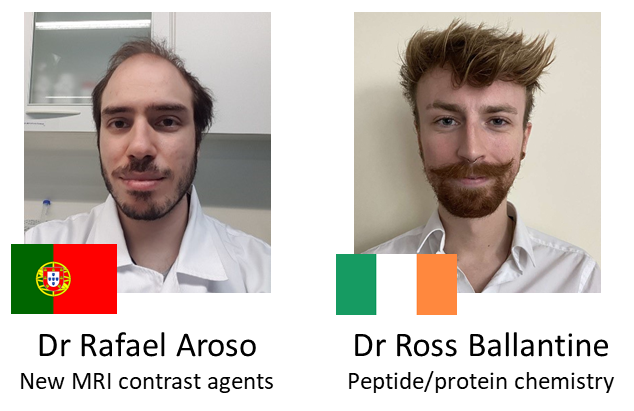
Rafael Aroso, from the University of Coimbra, Portugal, will join the “Metal Complexes and MRI” team. Its “PorphIRON” project aims to develop paramagnetic complexes based on transition metals, such as iron, for MRI applications. This work is part of the team's efforts to replace gadolinium, currently used in MRI, with more biocompatible and ecologically more sustainable metals.
Ross Ballantine, from Queen's University Belfast in Northern Ireland, will join the "Synthetic Proteins and Bioorthogonal Chemistry" team to work on the « ThioSHowcase » project. This project aims to explore arylthiol-based amino acids for the chemoselective functionalisation of peptides and of proteins, with applications in protein labeling and selective peptide cross-linking.
Congratulations to Lylia Azoug for her poster prize!
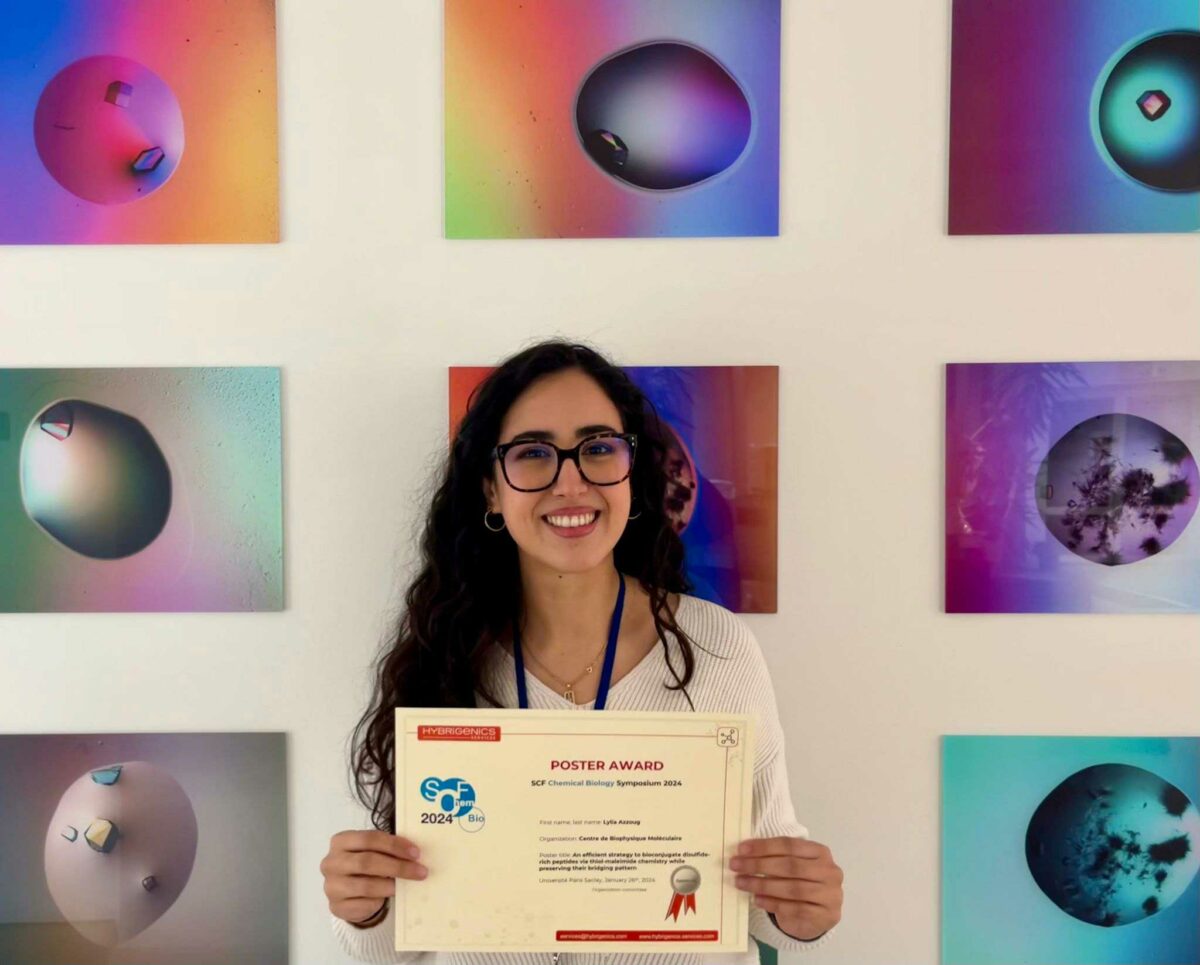
Lylia Azoug, PhDstudent in the “Synthetic protein and bioorthogonal chemistry” team, received the poster prize during the “Chemical Biology Symposium 2024” conference organized by the Société Chimique de France.

Poster abstract :
Generation of specific antibodies against peptides requires their covalent conjugation to large protein carriers, such as keyhole limpet hemocyanin (KLH), to override their inherently weak immunogenicity. For this, most approaches exploit the highly-efficient thiol-maleimide ligation, which enables for the attachment of multiple copies of peptides displaying a single cysteine thiol group, onto a variety of commercial maleimide-functionalized carriers. Concerning disulfide-containing peptides and proteins, introduction of a spare thiol moiety permits a follow-up thiol-maleimide reaction; nevertheless, disulfide bonds are highly susceptible to undergo intramolecular thiophilic attack by the thiolate required for the reaction, with consequent impairing of their native bridging framework. This “disulfide scrambling” would alter the peptide 3D structure, impairing specificity of elicited antibodies for the native target. In recent reports, thiol-functionalized spacers were introduced on disulfide-containing peptides to generate protein conjugates for immunization purposes, 1,2 nevertheless the occurrence of disulfide scrambling was not examined, therefore we sought to systematically evaluate the influence of different thiol-functionalized spacers. Using the N-terminal domain of the Lingo1 protein as a model peptide (20 amino acids, 2 disulfide bridges), we probed a small battery of thiol-containing spacers with variable length and rigidity. Interestingly, while flexible linkers, comparable with previously described ones,1,2 showed considerable disulfide scrambling upon 2 h under thiol-maleimide reaction conditions (pH 6.6), a short and rigid oligoproline-based linker3 abolished the disruption of the disulfide framework. The reported strategy provides a valuable resource for the bioconjugation of disulfide-containing peptides via standard thiol-maleimide chemistry while maintaining the structural integrity of the disulfide framework, thereby providing homogeneous tools for research and biomedical applications.
- Katayama, H.; Mita, M. A sulfanyl-PEG derivative of relaxin-like peptide utilizable for the conjugation with KLH and the antibody production. Bioorganic & ; Med. Chem. 2016, 24 (16), 3596–3602. DOI : 10.1016/j.bmc.2016.05.068
- Katayama, H.; Mizuno, R.; Mita, M. A novel approach for preparing disulfide-rich peptide-KLH conjugate applicable to the antibody production. Biosci. Biotechnol. Biochem. 2019, 83 (10), 1791–1799. DOI : 10.1080/09168451.2019.1618696
- Wilhelm, P.; Lewandowski, B.; Trapp, N.; Wennemers, H. A Crystal Structure of an Oligoproline PPII-Helix, at Last.J. Am. Chem. Soc. 2014, 136 (45), 15829–15832. DOI : 10.1021/ja507405j
2023, November 24 – Seminar of Dr Ross BALLANTINE

The League Against Cancer supports research carried out at the CBM and the INEM

The committees of the Grand Ouest Cancer League bringing together Brittany, Pays de la Loire, Centre-Val de Loire and Poitou-Charentes pool their resources to support cancer researchers.
On Tuesday 7 February at the CBM, La Ligue contre le cancer officially presented a check for €146,000 to support 6 teams of researchers from the CBM and the INEM (Laboratory of Experimental and Molecular Immunology and Neurogenetics). The projects supported aim to quickly achieve concrete results for the benefit of patients.
The committees of Loiret (represented by its volunteer Administrator, Doctor Jean-Louis Vaur) and Eure-et-Loir (represented by its volunteer Vice-President Mr. Jacques Dautreme) were present. The Loir-et-Cher, Cher and Morbihan committees, which are also funders, could not be present but indicated that they were happy to be able to contribute to the financing of regional research.
Mr. Jean-Marc Schneider from La République du Center came to immortalize this moment by going around the table allowing everyone to present their project as well as the benefits and progress to come.

